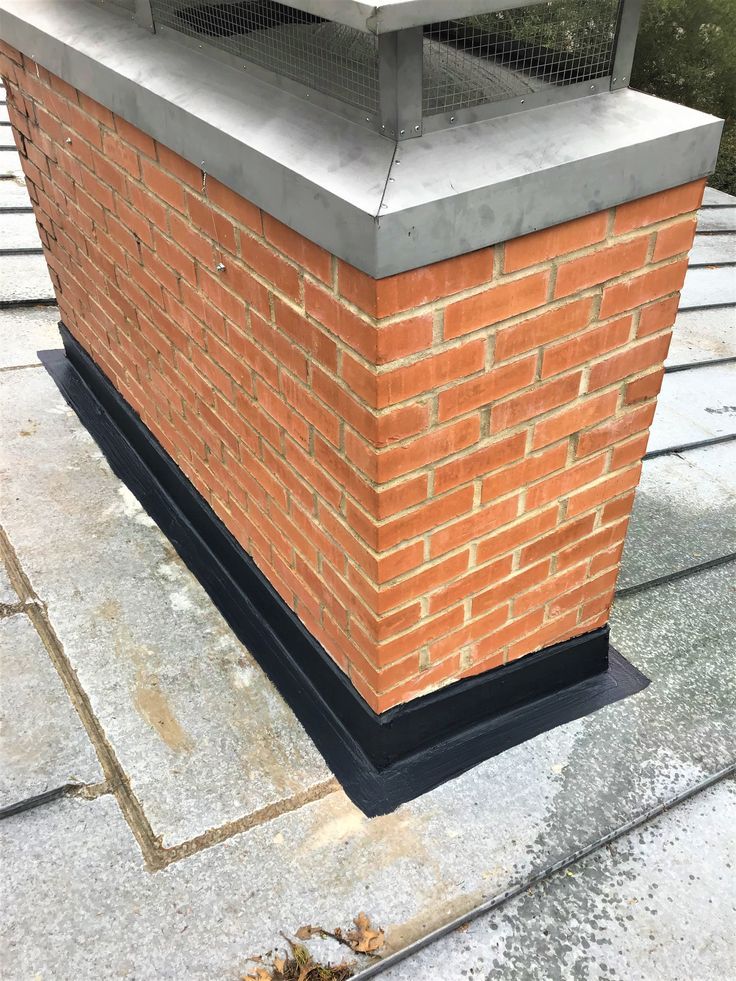1. Initial Inspection and Assessment
We start by closely examining the chimney area to find any damage or weak spots in the flashing. This includes checking for cracks, rust, or loose seals that could let water in. We also inspect the surrounding roof to see if it has any impact on flashing problems.
Our team uses special tools to measure and test tightness and water resistance. We look for signs of leaks inside the home, like stains or dampness. This helps us decide exactly what kind of repair is needed.
2. Material Selection and Preparation
Once we know the problem, we pick materials that fit the chimney and roof type. Most often, we use durable metals like aluminum, galvanized steel, or copper for long-lasting protection. The choice depends on weather, roof style, and budget.
Before starting repairs, we prepare the site by cleaning away dirt, old sealant, and rust. This ensures that new materials stick properly and last longer. We cut and shape flashing pieces to match the chimney shape exactly.
3. Step-by-Step Repair
Our repair work follows precise steps to secure the flashing and prevent leaks. First, we remove any damaged or loose flashing carefully to avoid further harm. Next, we place the new flashing in layers, overlapping to direct water away from the chimney.
We then fasten the flashing with corrosion-resistant nails or screws and seal all edges with high-quality roofing cement or sealant. Finally, we check the entire area for gaps or weak spots and test to confirm water tightness.
Frequently Asked Questions
We know many homeowners want clear answers about chimney flashing repair. We cover signs to watch for, materials we use, time needed, references, warranties, and how to book an assessment.
What are the common signs that indicate the need for chimney flashing repair?
Leaks around the chimney base or water stains on the ceiling often show flashing problems. You might also see rusted or cracked flashing.
What materials does Glendale Elite Roofing use for chimney flashing services?
We use high-quality metal, such as aluminum and galvanized steel. These materials resist rust and last longer.
How long does a typical chimney flashing repair take to complete?
Most repairs take between 2 to 4 hours. The time depends on the damage size and weather conditions.
What warranties or guarantees does Glendale Elite Roofing offer on their chimney flashing repair work?
Our repairs come with a 5-year workmanship warranty. We back materials with the manufacturer's guarantee.
How can I schedule an assessment for my chimney flashing repair needs?
You can call us or fill out the form on our website. We will arrange a convenient time for a free inspection.

